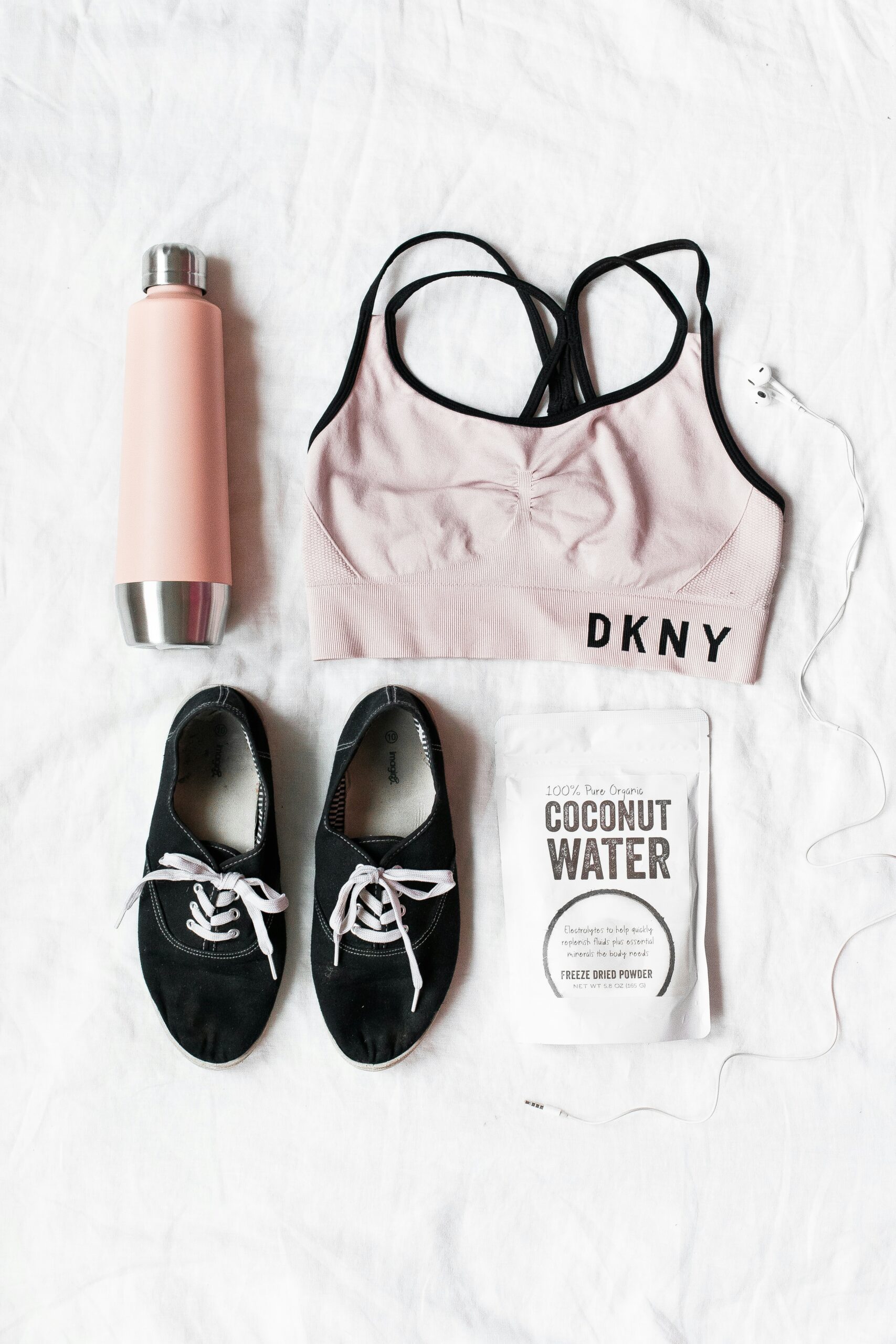Elevate Your Game with These Innovative Workout Techniques
When it comes to sports and fitness, the quest for improvement often feels like a never-ending journey. Whether you’re a weekend warrior or a seasoned athlete, finding new ways to elevate your performance can be both exhilarating and frustrating. I remember when I first stumbled upon unconventional workout techniques; it was like opening a treasure chest of possibilities. What if I told you that some of the most effective techniques might be hiding in plain sight? From the rise of high-intensity interval training (HIIT) to the underrated power of mobility drills, let’s explore innovative workout techniques that can help you break barriers and reach new heights.
High-Intensity Interval Training (HIIT): The Time-Saver
Let’s kick things off with a bang—HIIT. If you haven’t yet incorporated this technique into your routine, you’re missing out on a game-changer. HIIT involves short bursts of intense exercise followed by brief recovery periods. It’s like the espresso shot of workouts—quick, effective, and guaranteed to get your heart racing.
Why is HIIT so effective? Well, studies suggest that this method can burn more calories in 30 minutes than a steady-state workout of the same duration. It’s all about efficiency. I remember reading an article where an expert claimed that just 15 minutes of HIIT could be as beneficial as an hour of jogging. Now, that’s an enticing thought, isn’t it?
Here’s a simple HIIT workout you can try:
- Jumping Jacks: 30 seconds
- Rest: 15 seconds
- Burpees: 30 seconds
- Rest: 15 seconds
- High Knees: 30 seconds
- Rest: 15 seconds
- Mountain Climbers: 30 seconds
- Rest: 15 seconds
Repeat this circuit 3-4 times, and trust me, you’ll be gasping for air— in a good way!
Functional Training: More Than Just Lifting
Functional training is all about preparing your body for everyday activities. Think of it as training for life rather than just the gym. I can still remember my first experience with functional training at a local gym; I was skeptical at first. However, after a few sessions, I realized that lifting weights alone wouldn’t cut it for my overall performance.
What does functional training involve? It includes exercises that mimic daily movements, focusing on strength, balance, and coordination. Here are some key components:
- Squats: Great for leg strength, but they also enhance balance.
- Deadlifts: A staple for posterior chain strength; think of it as picking up a heavy grocery bag.
- Push-ups: Not just for show; they build upper body strength and stability.
Incorporating functional movements can lead to significant improvements in athletic performance. For example, a soccer player might benefit from lateral movements like side lunges, while a swimmer might focus on rotational movements to enhance their stroke.
Mobility Work: The Unsung Hero
Mobility work is often overlooked, yet it’s crucial for maintaining long-term athletic performance. I’ll admit, I used to skip this part of my workout routine, thinking it was just a warm-up. But after experiencing the benefits, I became a firm believer. Mobility exercises can improve flexibility, prevent injuries, and even enhance strength by allowing for better movement patterns.
Consider dedicating some time to mobility drills like:
- Hip openers: Great for anyone who sits for long periods.
- Thoracic spine rotations: Essential for upper-body athletes.
- Shoulder dislocates: Perfect for improving range of motion in the shoulders.
As a bonus, these drills can be done at home, making them incredibly convenient. I often find myself doing a few stretches while watching TV, which is a nice way to multitask—because who doesn’t love a good Netflix show?
The Power of Plyometrics: Jumping into Action
Plyometric training is another innovative method that can elevate your game. It involves explosive movements that improve power and speed. I remember watching a basketball player transform their game by focusing on plyometrics; it was like they were defying gravity with every jump!
Key plyometric exercises include:
- Box Jumps: These help develop explosive leg strength.
- Depth Jumps: Great for enhancing reactive strength.
- Broad Jumps: These improve overall power output.
Plyometrics can be ideal for athletes in sports that require quick, explosive movements, such as basketball or soccer. Just be cautious—proper form is essential to prevent injury. I once tried to impress friends with a box jump and, well, let’s just say it ended with me landing on the ground instead of the box. (Lesson learned!)
Mind-Body Connection: Yoga and Pilates
Yoga and Pilates might seem like softer options for those who crave intensity, but don’t let that fool you. Both practices emphasize the mind-body connection, which is vital for athletic performance. I’ve experienced the benefits of yoga firsthand; it’s not just about flexibility but also about mental clarity and focus.
Yoga can enhance your performance by:
- Improving flexibility
- Enhancing balance
- Promoting mental resilience
Pilates, on the other hand, focuses on core strength and stability. A strong core is essential for nearly every sport, and Pilates offers a unique approach to building it. I remember a friend who swore by Pilates for her marathon training—she claimed that it helped her maintain form during those grueling last miles.
Recovery Techniques: The Art of Rest
Let’s not overlook the importance of recovery in any workout regimen. You can’t push your limits without giving your body a chance to heal and grow. Innovative recovery techniques have emerged, and they’re more than just lounging on the couch (though that’s a tempting option). I’ve dabbled in various recovery methods, and some really stand out:
- Foam Rolling: A must for muscle recovery; it’s like giving yourself a deep tissue massage.
- Contrast Baths: Alternating between hot and cold water can enhance circulation.
- Active Recovery: Engaging in low-intensity activities like walking or cycling helps keep the blood flowing.
Additionally, consider incorporating mindfulness techniques like meditation or breathing exercises into your recovery routine. Trust me, a little zen goes a long way, especially after a tough workout!
Nutritional Strategies: Fueling Your Performance
No workout technique can replace the importance of nutrition. However, innovative nutritional strategies can greatly complement your training efforts. I’ve had my fair share of diet fads, but it’s the science-backed approaches that yield the best results.
Some key nutritional strategies include:
- Pre-Workout Nutrition: A balanced meal or snack packed with carbs and protein can provide energy.
- Post-Workout Recovery: Consuming protein post-workout can help repair muscles. A smoothie, anyone?
- Hydration: Never underestimate the power of water; it’s crucial for optimal performance.
For those interested in the latest trends, consider the potential benefits of intermittent fasting or even ketogenic diets, but always consult a nutrition expert first. I learned that lesson the hard way when I attempted a no-carb diet and was left gasping for energy—yikes!
Conclusion: Embrace the Journey
As you explore these innovative workout techniques, remember that the journey to elevate your game is unique for everyone. There’s no one-size-fits-all approach, and what works for one might not work for another. The key is to experiment, listen to your body, and, most importantly, enjoy the process.
Whether you’re dancing through a HIIT routine, mastering a yoga pose, or perfecting your plyometrics, embrace the diversity of training. It’s not just about the end goal but the experiences you gather along the way. I genuinely believe that with the right techniques and mindset, you can take your performance to new heights. So go ahead—get out there and elevate your game!
And remember, the only bad workout is the one that didn’t happen. Now, let’s get to it!




